Dimensions
With frame - l 92.5cm x H 1m11
Without frame - l 73.5cm x H 92.5cm
Biography As early as 1820, he invented a process "to print oil paintings and multiply them at will" which he presented to the Society for the Encouragement of National Industry and patented in 1821. He applied for a lithographer's patent to print his own works. He had already produced 18 genre paintings and portraits, listed in the Annals of National and Foreign Industry in 1822. Thanks to his invention, lithochromy, he offered, in 1823, 22 reproductions of the life of Saint Bruno, painted by Le Sueur, sold in 11 deliveries. Its goal is that, after the disappearance of a number of works due to the Revolution, "the less wealthy churches and factories thus find the possibility of decorating at little cost the consecrated places where the faithful meet. [...] .] Pious people who wish to associate themselves with this Christian work will be able to make a donation to their parish by subscribing." The reproductions will be large format (3 feet by 2), sold at the price of 189 F for delivery or 95 F per unit. The prospectus, entirely lithographed, reproduces the 22 paintings in small lines. For technical and/or commercial reasons, it does not appear that this program has started to be implemented. On the other hand, he printed a series sold in (12?) deliveries "Panorama of Parisian novelties", then quickly renounced his printer's patent; he continued his career as a painter and designer for ornamental frames for lithographs by other artists such as Rigo and Nanteuil, or sheet music covers. The first patent proposed coloring the lithographed reproduction by hand, varnishing it and sticking it on canvas or cardboard. In 1845, he applied for a new patent for improving lithochromy; it combines Engelmann's chromolithographic printing with his own process patented in 1821 of resuming colors by hand and gluing onto a rigid panel.


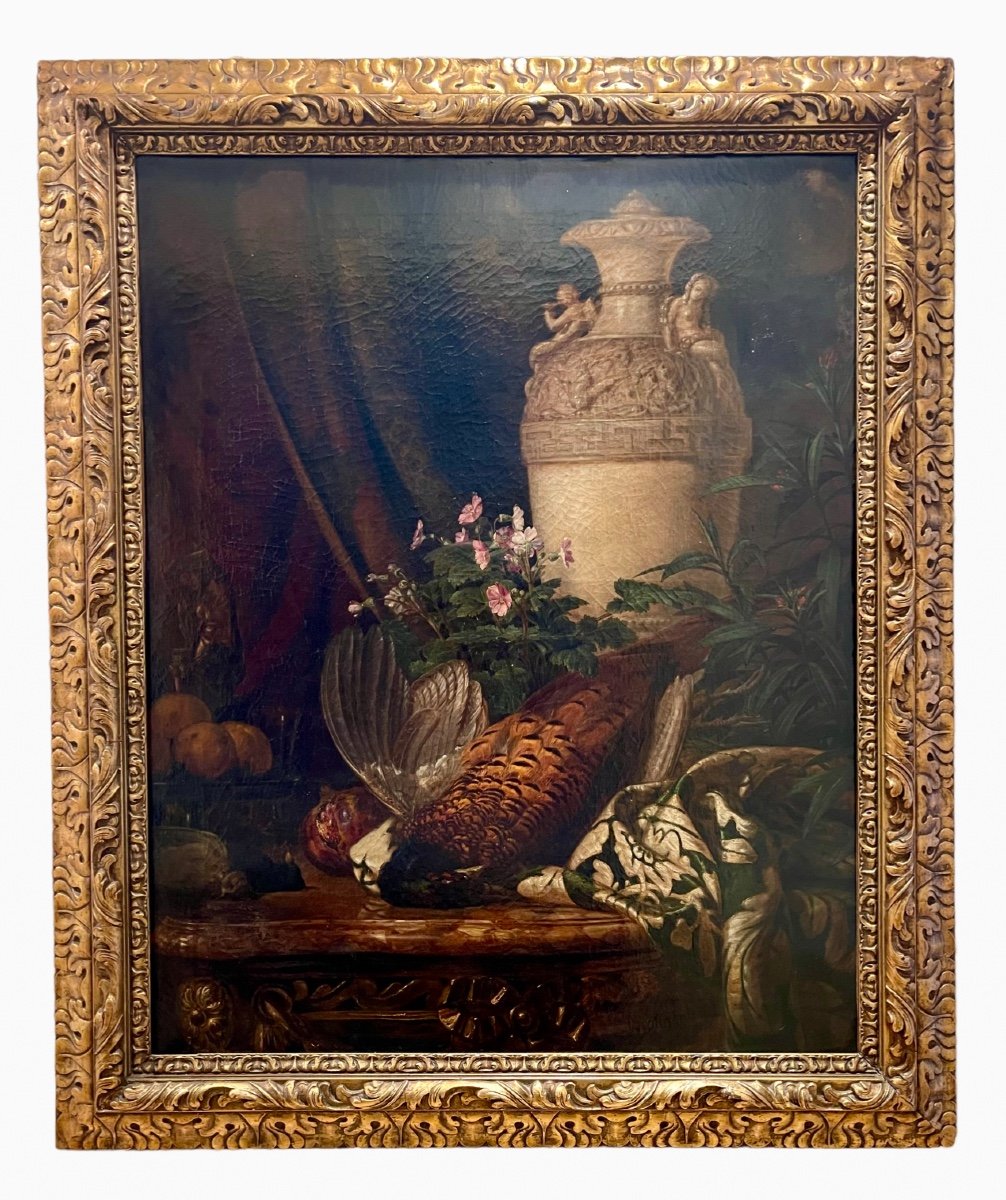
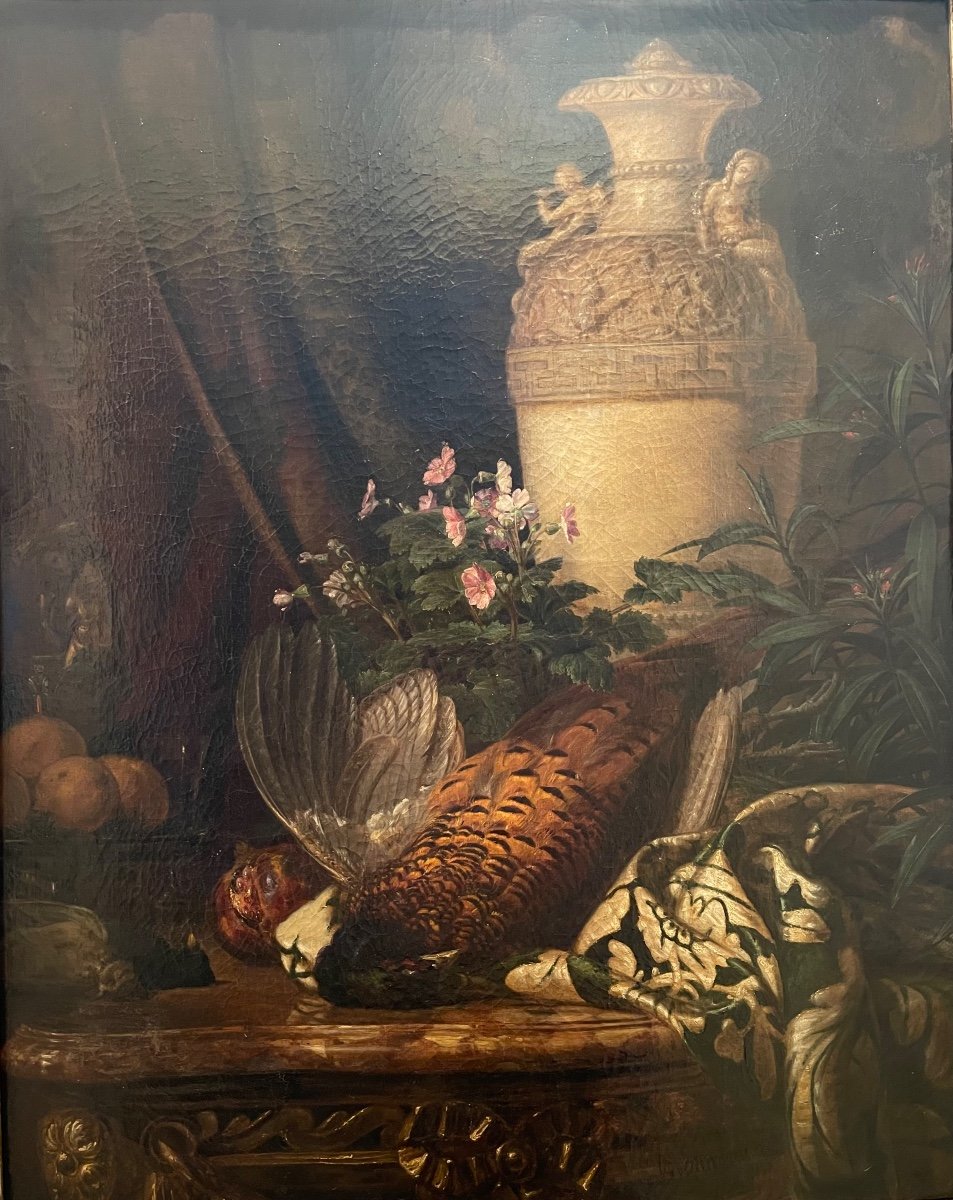
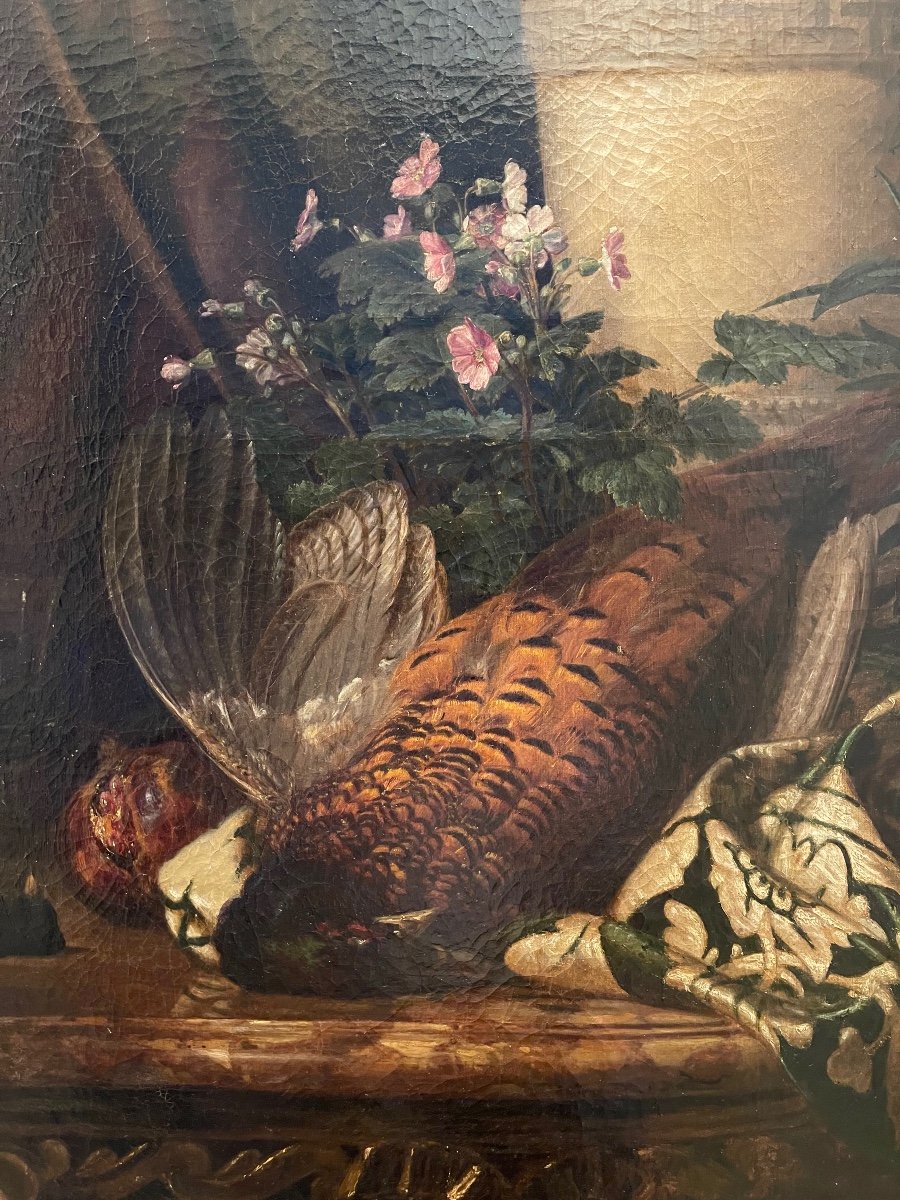
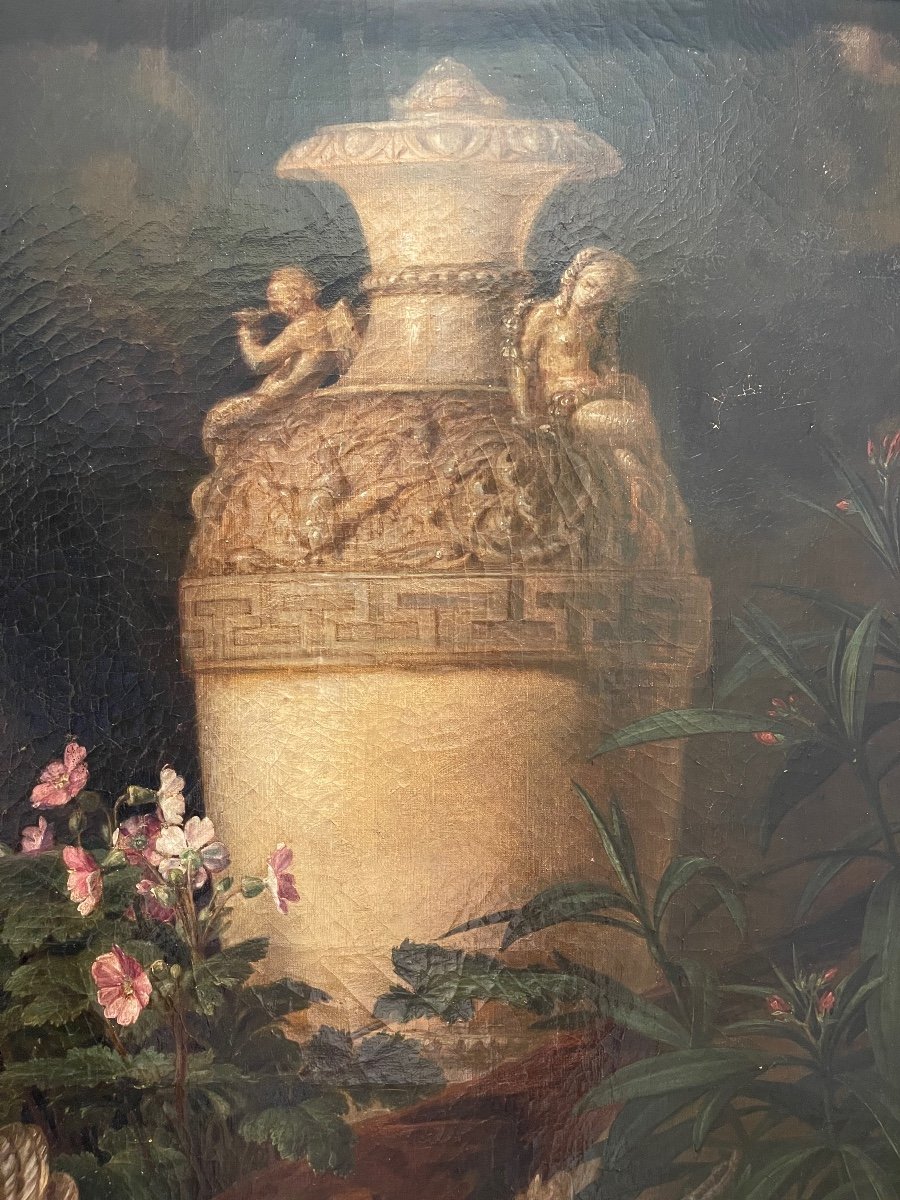
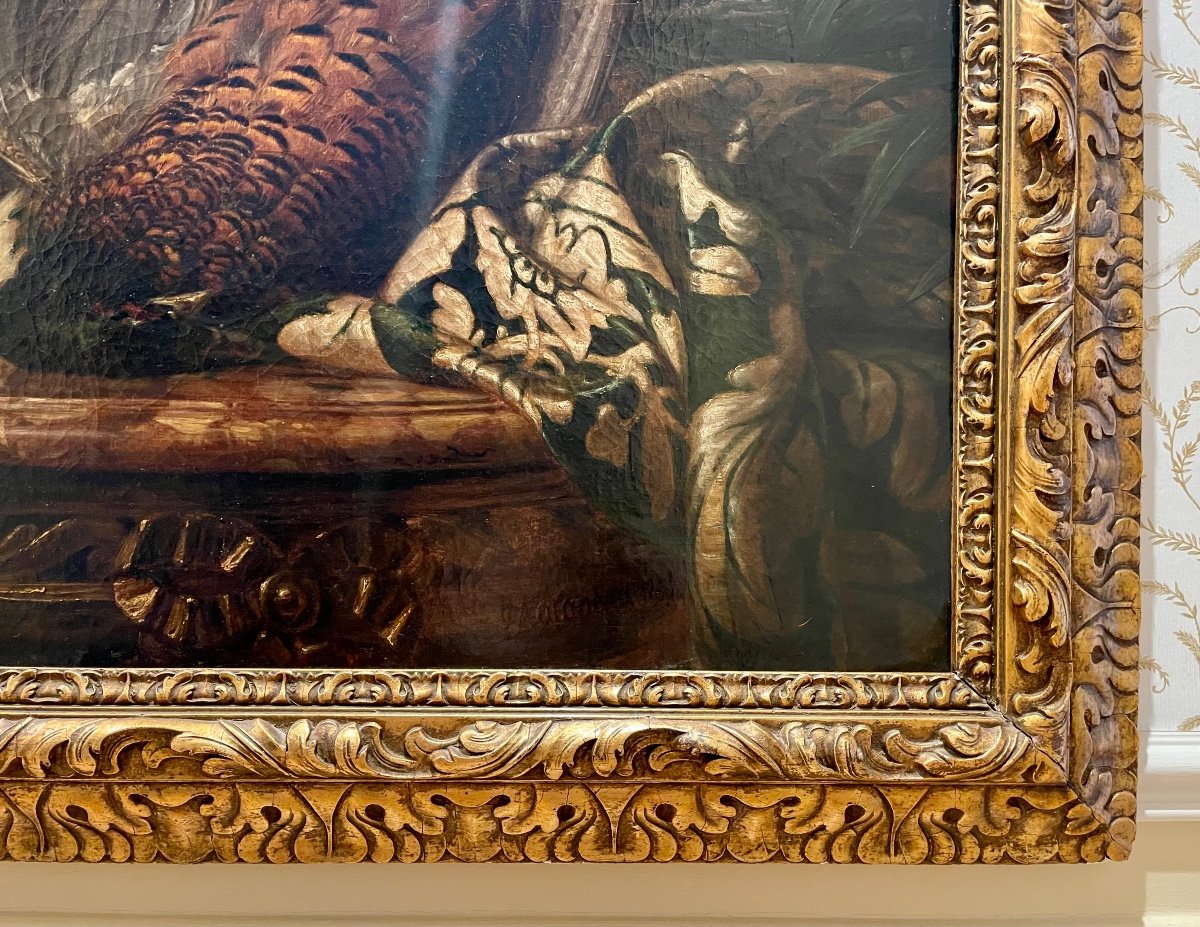

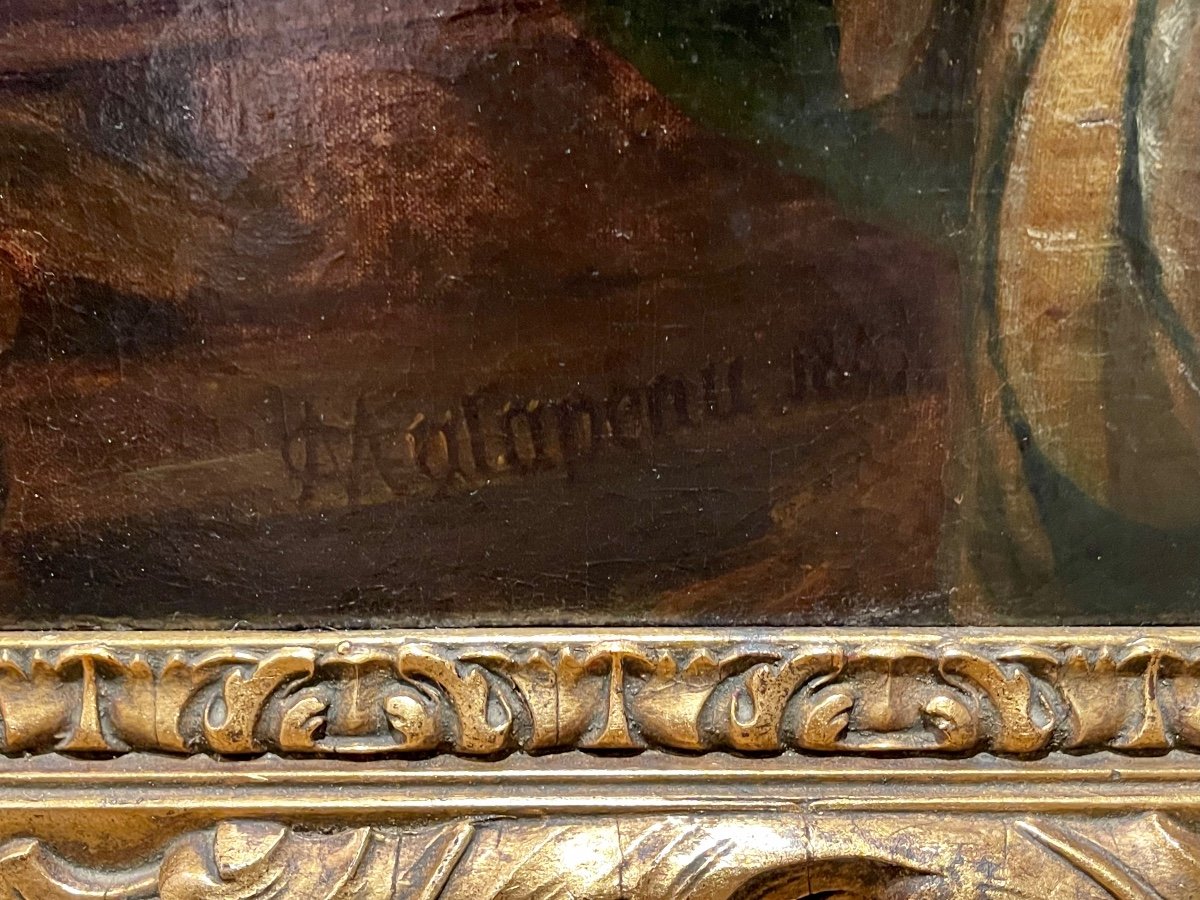
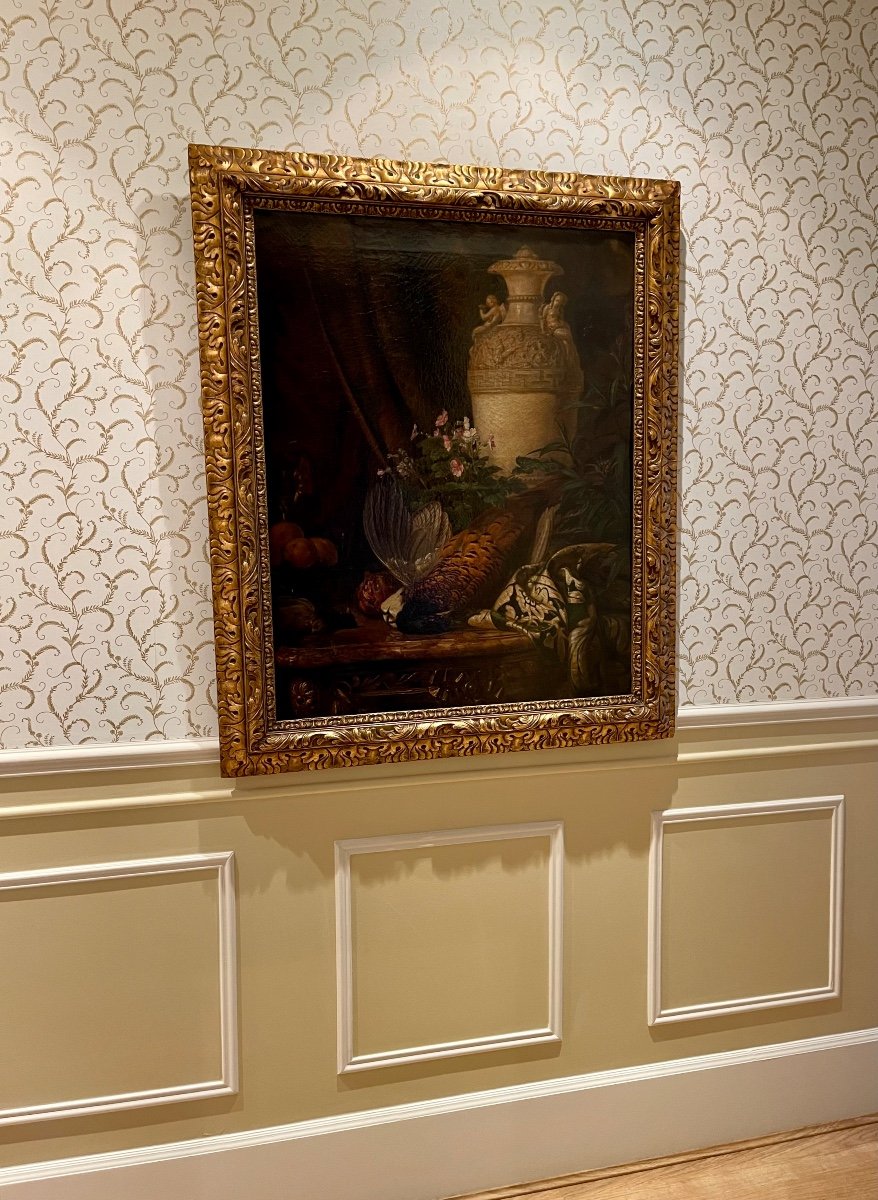

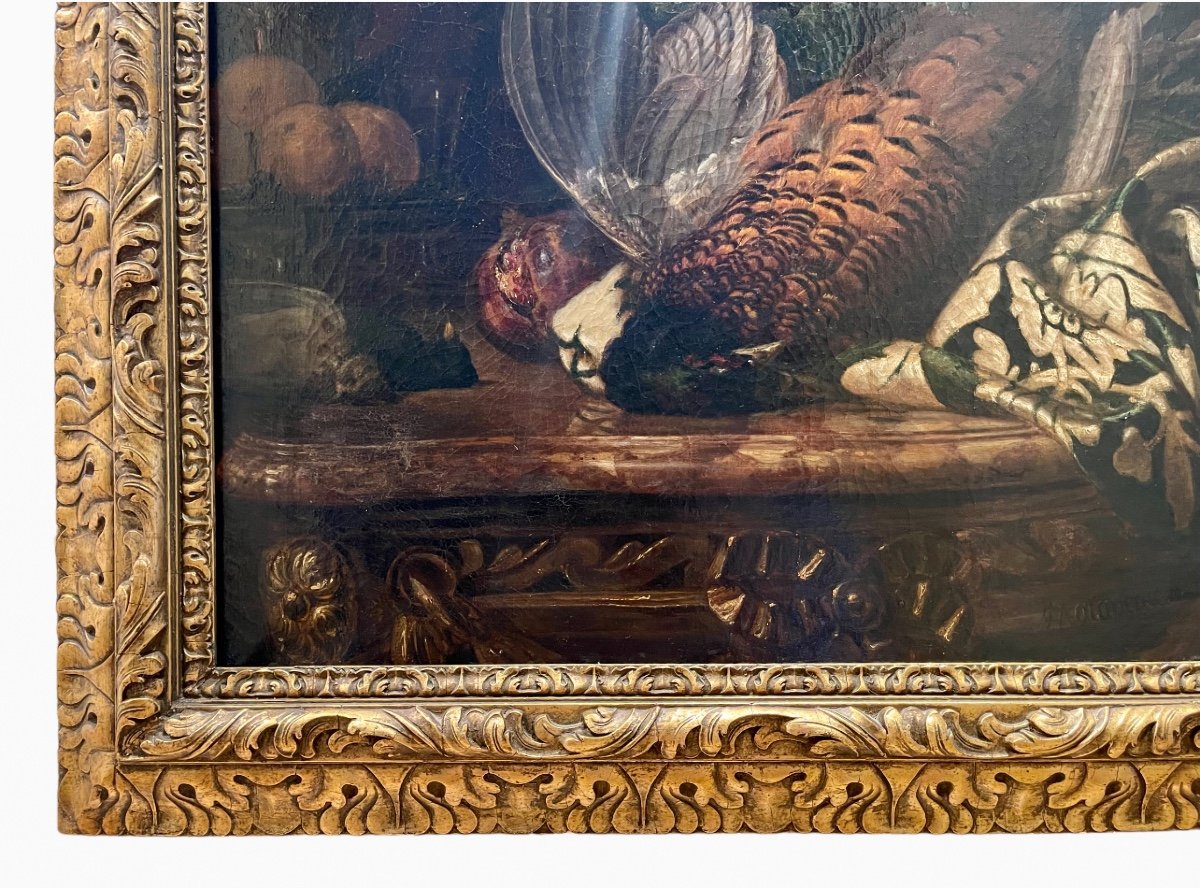
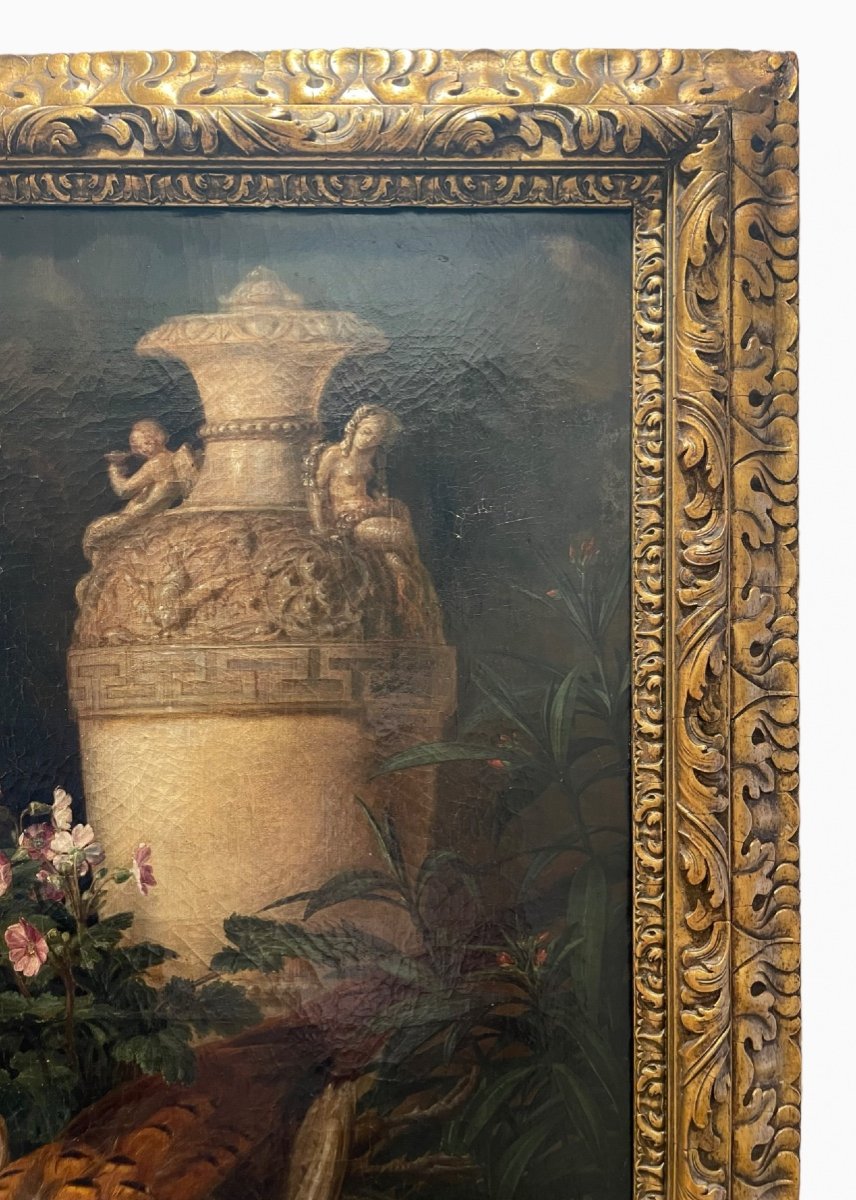
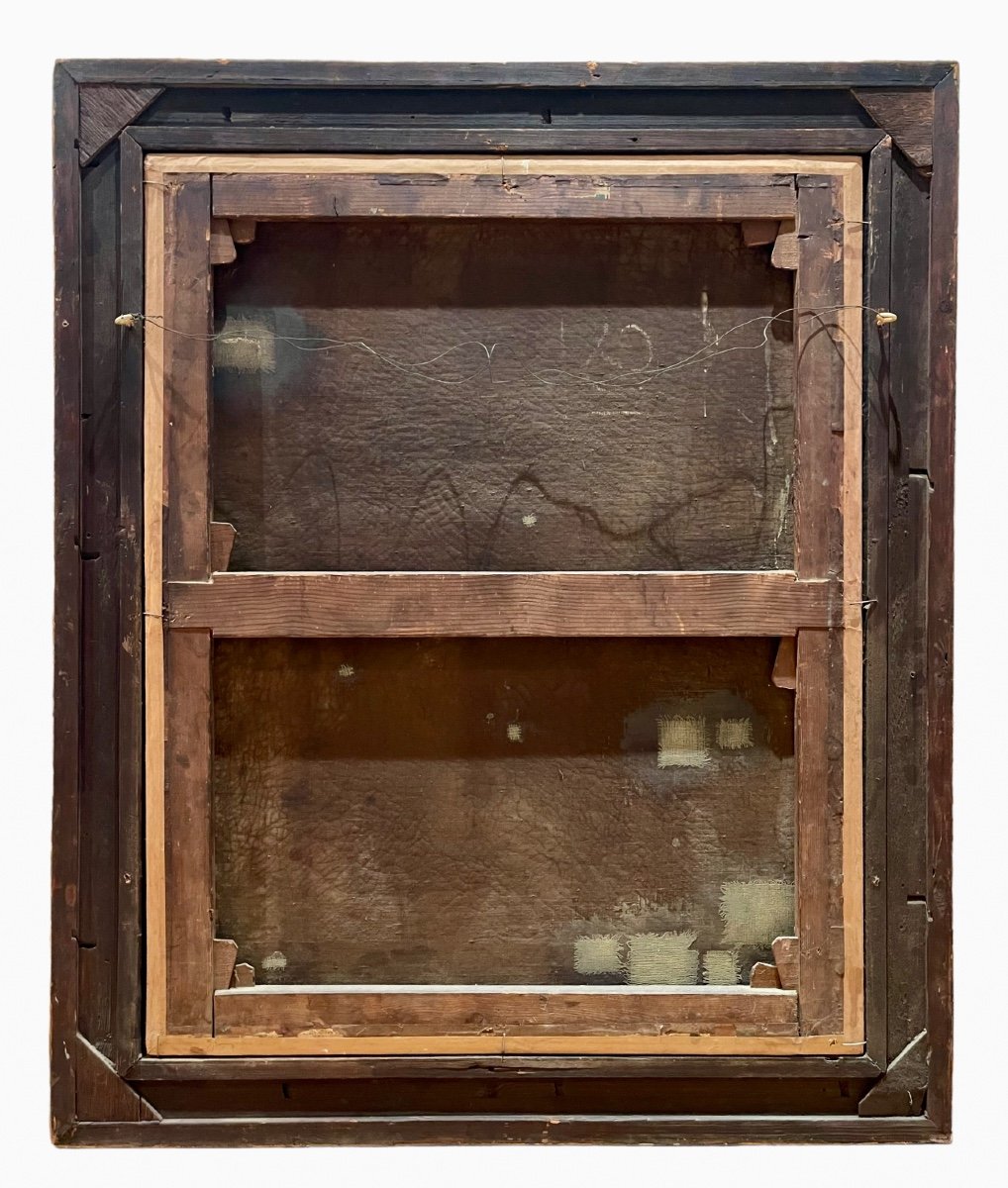













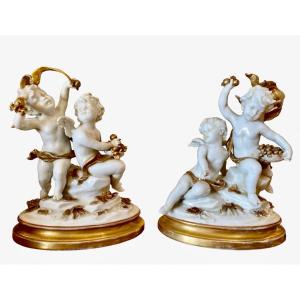

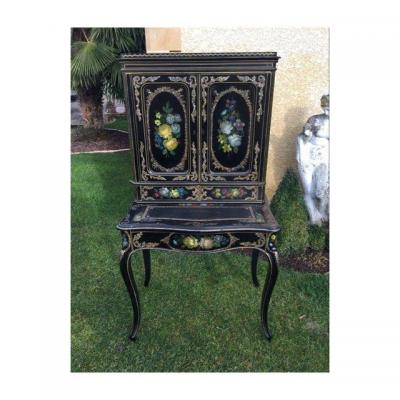
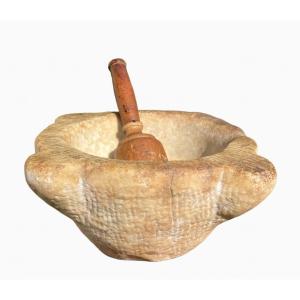
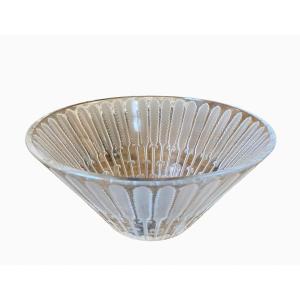

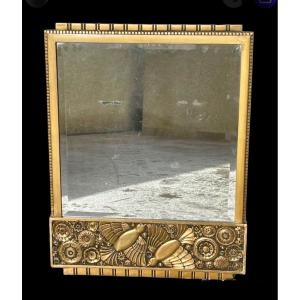
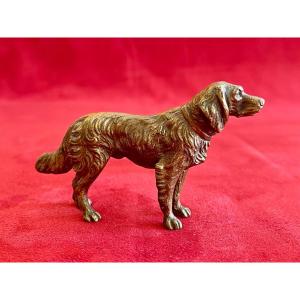
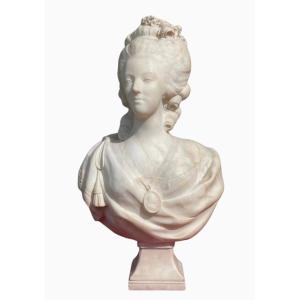



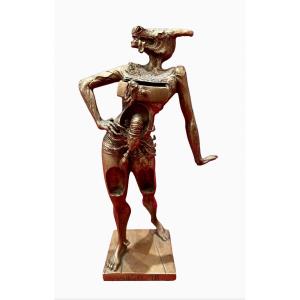

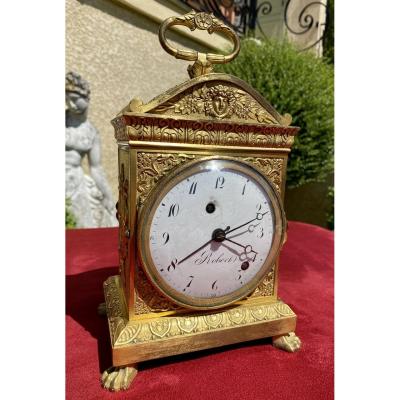
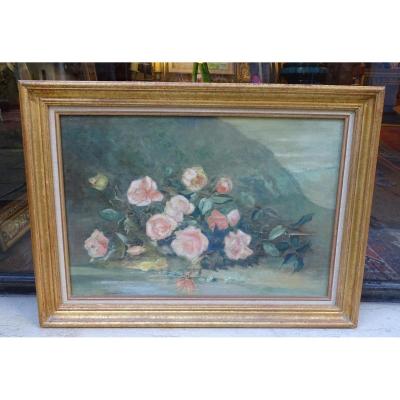
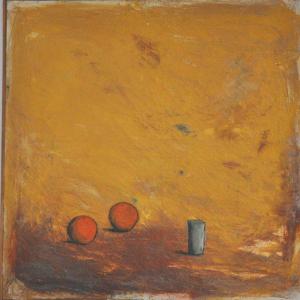
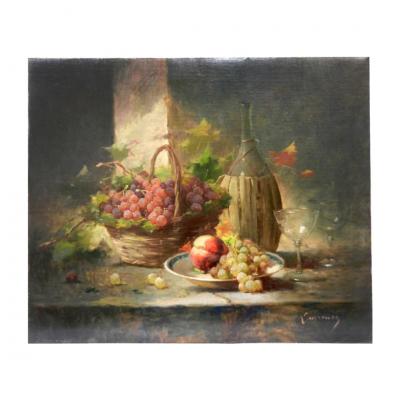

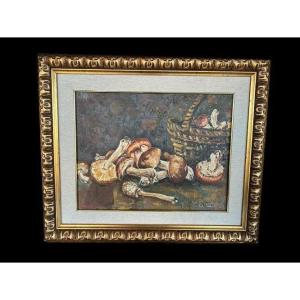



 Le Magazine de PROANTIC
Le Magazine de PROANTIC TRÉSORS Magazine
TRÉSORS Magazine Rivista Artiquariato
Rivista Artiquariato